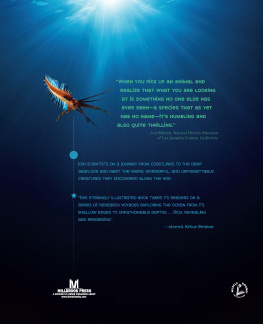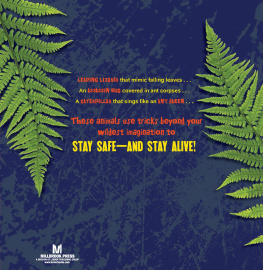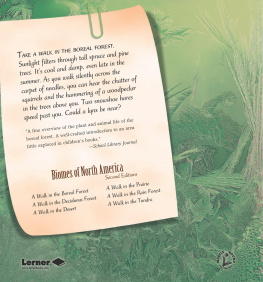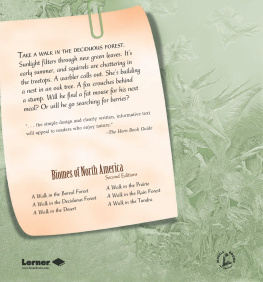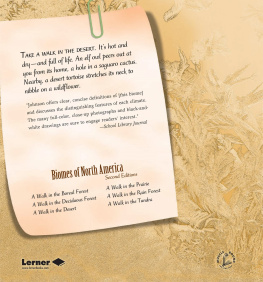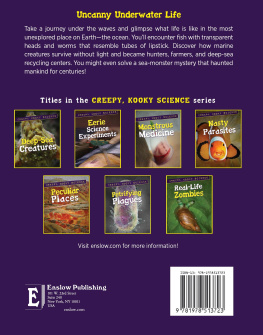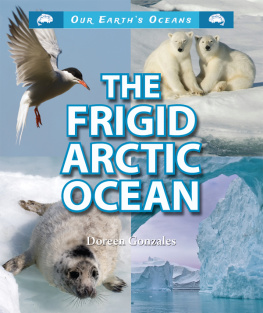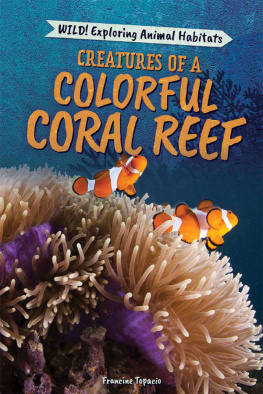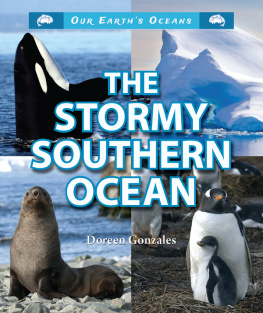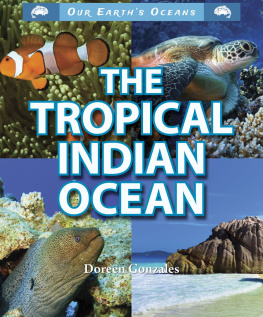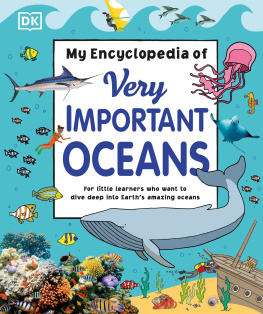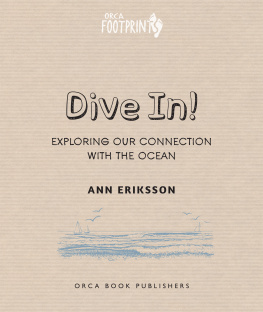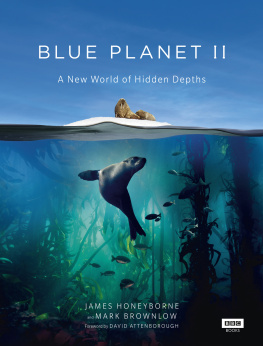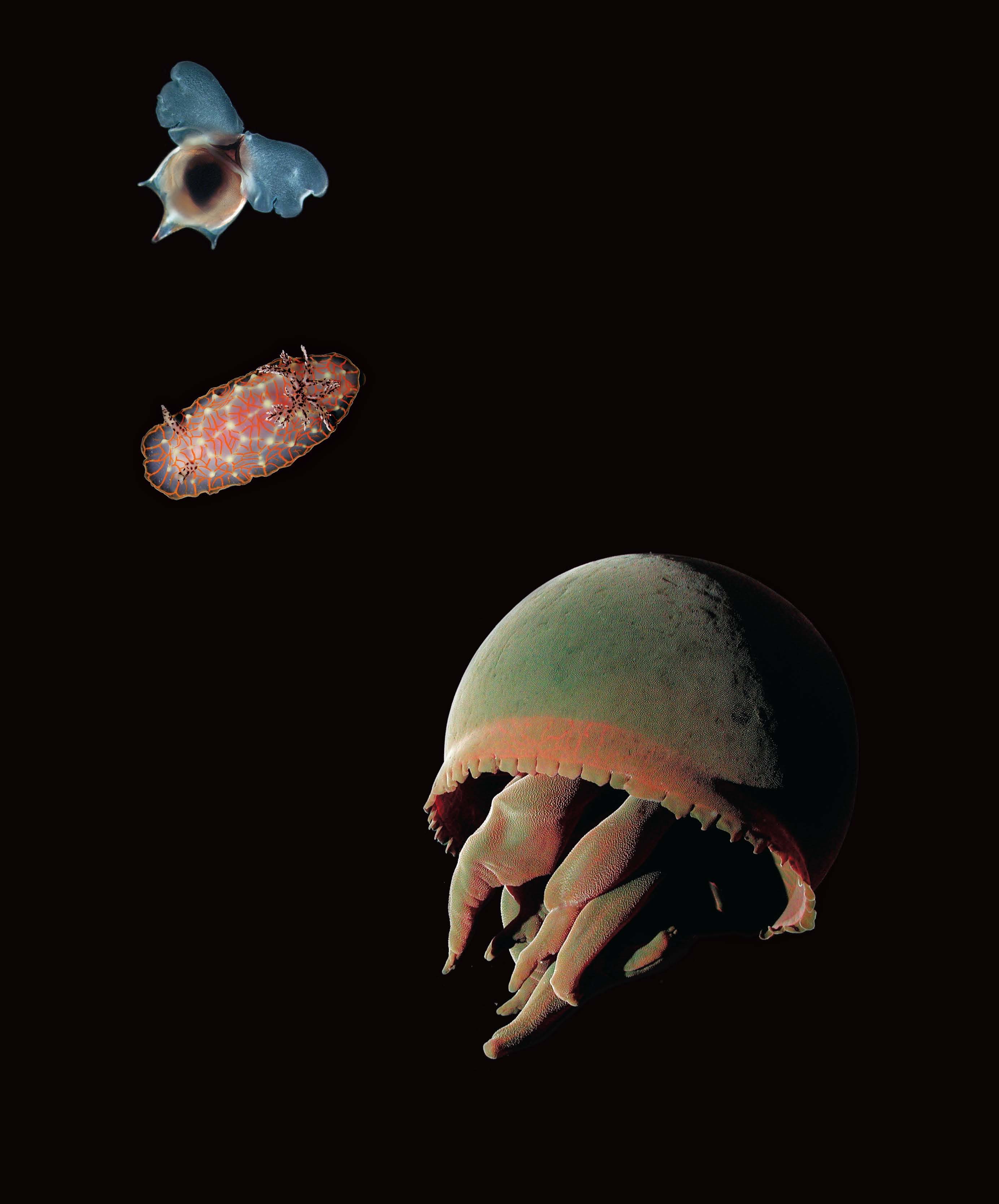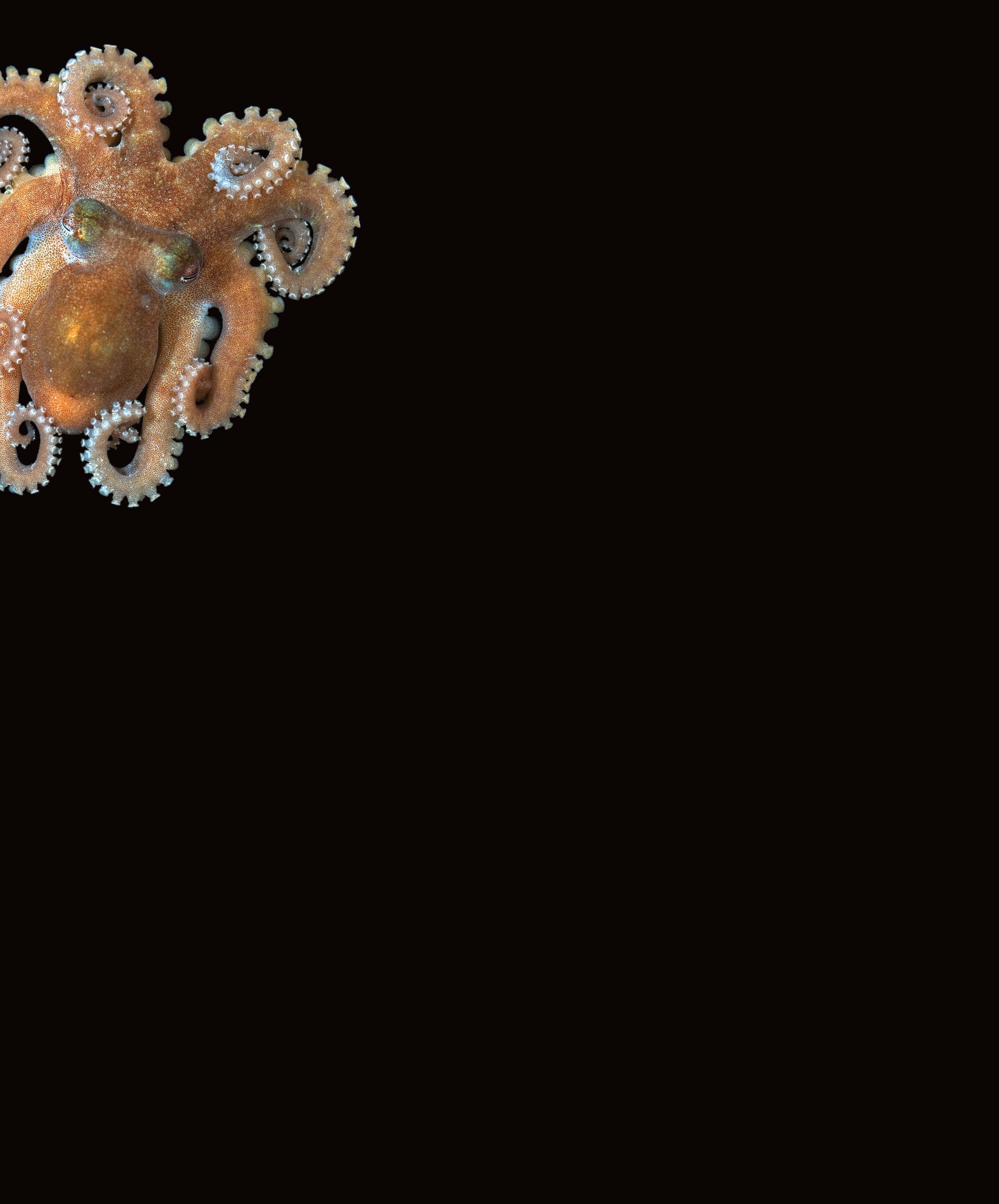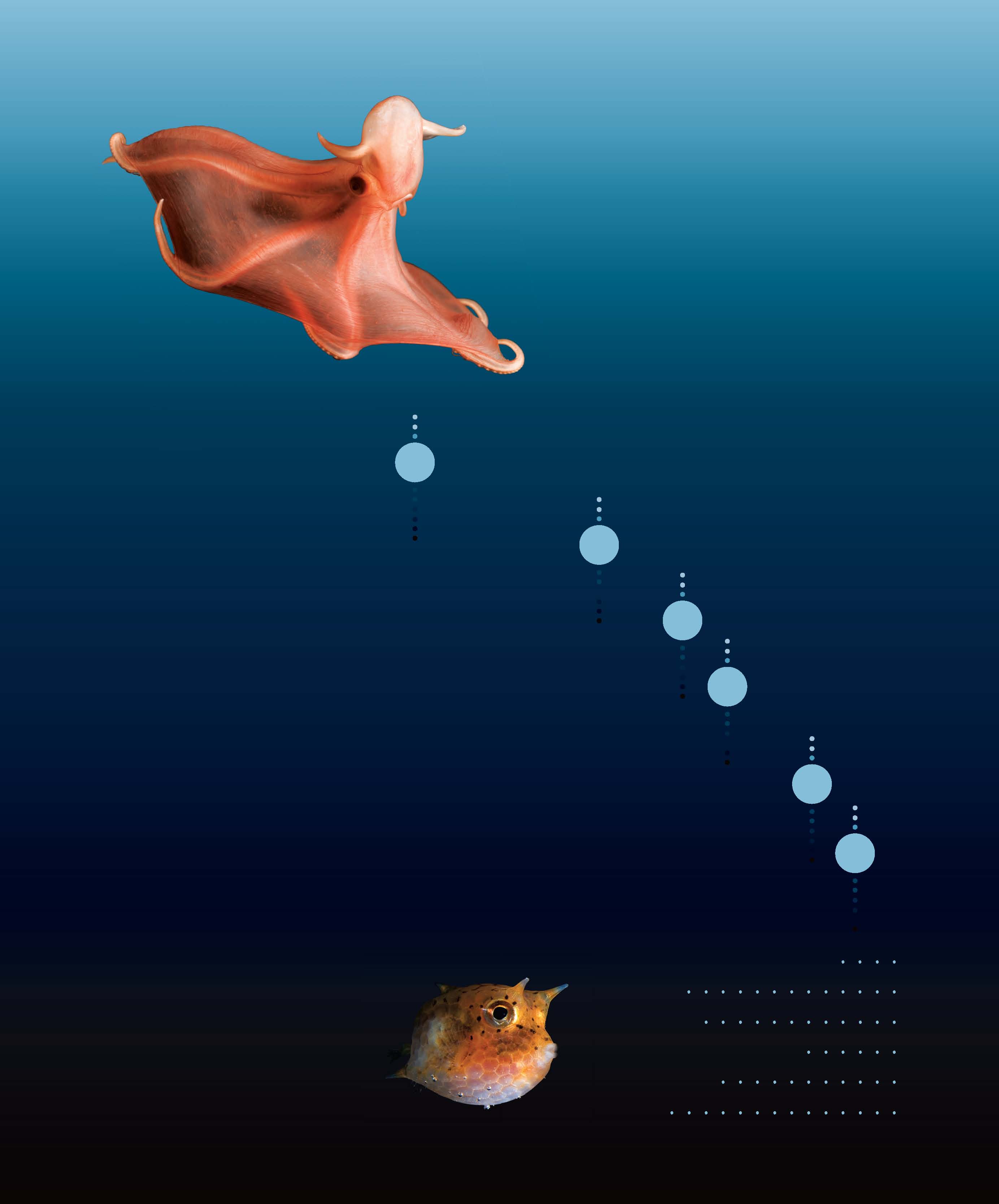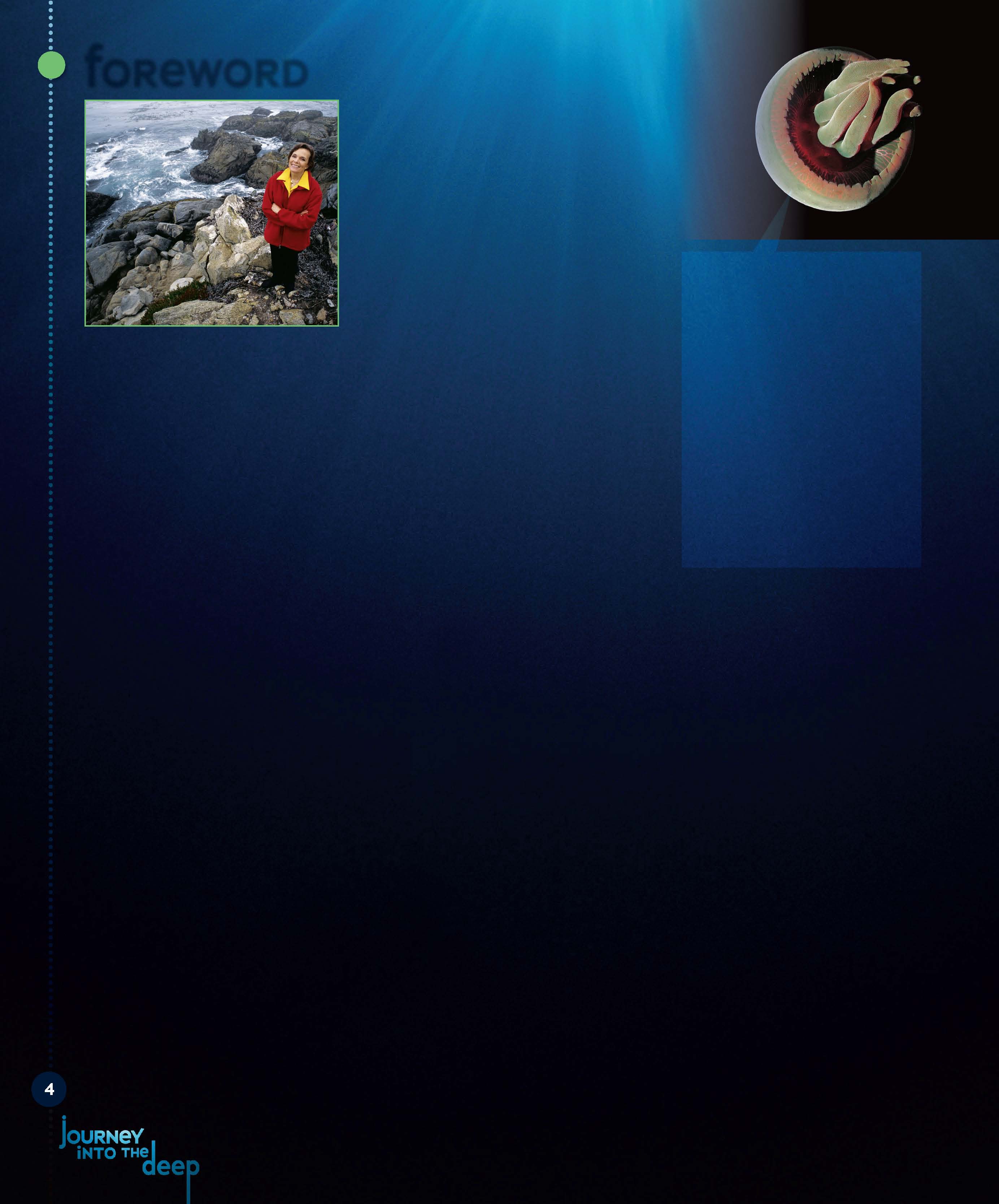AdriannaBigSmalls
AdriannaBigSmalls-Bold
Adrianna-Bold
Adrianna-Demibold
Adrianna-DemiboldItalic
Adrianna-Italic
Adrianna-Regular
Versailles-Roman
Versailles-Italic
Versailles-Bold
AdriannaBigSmalls
AdriannaBigSmalls-Bold
Adrianna-Bold
Adrianna-Demibold
Adrianna-DemiboldItalic
Adrianna-Italic
Adrianna-Regular
Versailles-Roman
Versailles-Italic
Versailles-Bold
AdriannaBigSmalls
AdriannaBigSmalls-Bold
Adrianna-Bold
Adrianna-Demibold
Adrianna-DemiboldItalic
Adrianna-Italic
Adrianna-Regular
Versailles-Roman
Versailles-Italic
Versailles-Bold
AdriannaBigSmalls
AdriannaBigSmalls-Bold
Adrianna-Bold
Adrianna-Demibold
Adrianna-DemiboldItalic
Adrianna-Italic
Adrianna-Regular
Versailles-Roman
Versailles-Italic
Versailles-Bold
AdriannaBigSmalls
AdriannaBigSmalls-Bold
Adrianna-Bold
Adrianna-Demibold
Adrianna-DemiboldItalic
Adrianna-Italic
Adrianna-Regular
Versailles-Roman
Versailles-Italic
Versailles-Bold
MiLLbrook Press
Minneapolis
AdriannaBigSmalls
AdriannaBigSmalls-Bold
Adrianna-Bold
Adrianna-Demibold
Adrianna-DemiboldItalic
Adrianna-Italic
Adrianna-Regular
Versailles-Roman
Versailles-Italic
Versailles-Bold
With special thanks to Craig
m. young, who gave me my first opportunity to explore the
deep sea in the Johnson-Sea
Link submersible, an incredible experience that changed my life and the way I look at the world
RL J
acknowledgments
Part of the delight of writing this book
came from talking with scientists involved
with the Census of Marine Life (COML)
from so many different institutions and
countries. All gave generously of their time to answer my questions and describe their experiences. In particular, Id like to thank Paul Tyler for his encouragement and a friendship that has spanned twenty years, Eva Ramirez-Llodra and Paul Snelgrove for inviting me to COML meetings, and Erik Cordes for his very helpful input. Many thanks also to COML co-senior scientist Ron ODor for reviewing the manuscript and to lifelong ocean champion Sylvia
Earle for writing the foreword.
Copyright 2011 by Rebecca L. Johnson
All rights reserved. International copyright secured.
No part of this book may be reproduced, stored in
a retrieval system, or transmitted in any form or by
any meanselectronic, mechanical, photocopying,
recording, or otherwisewithout the prior written
permission of Lerner Publishing Group, Inc., except
for the inclusion of brief quotations in an acknowledged review.
Millbrook Press
A division of Lerner Publishing Group, Inc.
241 First Avenue North
Minneapolis, MN 55401 U.S.A.
Website address: www.lernerbooks.com
Library of Congress Cataloging-in-Publication Data
Johnson, Rebecca L.
Journey into the deep : discovering new ocean creatures / by Rebecca L. Johnson ; with a foreword by Sylvia A. Earle.
p. cm.
Includes bibliographical references and index.
ISBN: 9780761341482 (lib. bdg. : alk. paper)
ISBN: 9780761373841 (PDF ISBN)
ISBN: 9781467759236 (Audisee ISBN)
1. Deep-sea animalsJuvenile literature. 2.
Deep-sea soundingJuvenile literature. 3. Deep
sea ecologyJuvenile literature. 4. Scientific expeditionsJuvenile literature. I. Title.
QL125.5.J64 2011
591.77dc22
2009049603
Manufactured in the United States of America
2 DP 7/1/11
Contents
cover photo: This new, yet-to-be-identified type of comb jelly
is about the size of an adult thumbprint.
Researchers from Californias Monterey
Bay Aquarium Research Institute
discovered and photographed it 6,562 feet
(2,000 meters) below the oceans surface.
title page photo: Smaller than a dime, this larva, or very young form, of a bottom-dwelling tube anemone spends the first few months of its life drifting near the oceans surface.
contents page photo (top): A deep-sea Dumbo octopus has webbed arms and fins shaped like elephant ears on its head. Scientists have spotted Dumbo octopuses as deep as 13,123 feet (4,000 meters), often near the seafloor.
contents page photo (bottom): The bony horns on this tiny
yellow boxfish larva discourage other animals from eating it.
AdriannaBigSmalls
AdriannaBigSmalls-Bold
Adrianna-Bold
Adrianna-Demibold
Adrianna-DemiboldItalic
Adrianna-Italic
Adrianna-Regular
Versailles-Roman
Versailles-Italic
Versailles-Bold
AdriannaBigSmalls
AdriannaBigSmalls-Bold
Adrianna-Bold
Adrianna-Demibold
Adrianna-DemiboldItalic
Adrianna-Italic
Adrianna-Regular
Versailles-Roman
Versailles-Italic
Versailles-Bold
Foreword
I f aliens came looking for life on Earth, they would probably first dive into the sea. This vast blue realm harbors the greatest abundance and diversity of life in the worldor in the universe,
as far as anyone knows.
Curiously,
humans have only recently embarked
on serious exploration of the sea. We are just beginning to discover
the astonishing variety of creatures who live there. For thousands
of years, people traveled over the surface in ships, unaware that the ocean is more than rocks and water. The ocean is alive.
The development of scuba, little submersibles, and other methods for exploring the ocean led to amazing discoveries about the richness
of ocean life. Yet far into the twentieth century, many people believed that it was impossible for anything to thrive in the great depths.
A turning point came in 1960 when the bathyscaphe Trieste transported two men to the deepest sea, almost 7 miles (11 kilometers) down. As they descended, the pilot, Don Walsh, was surprised to see flashes of bioluminescent light from thousands of small creatures miles below the surface.

